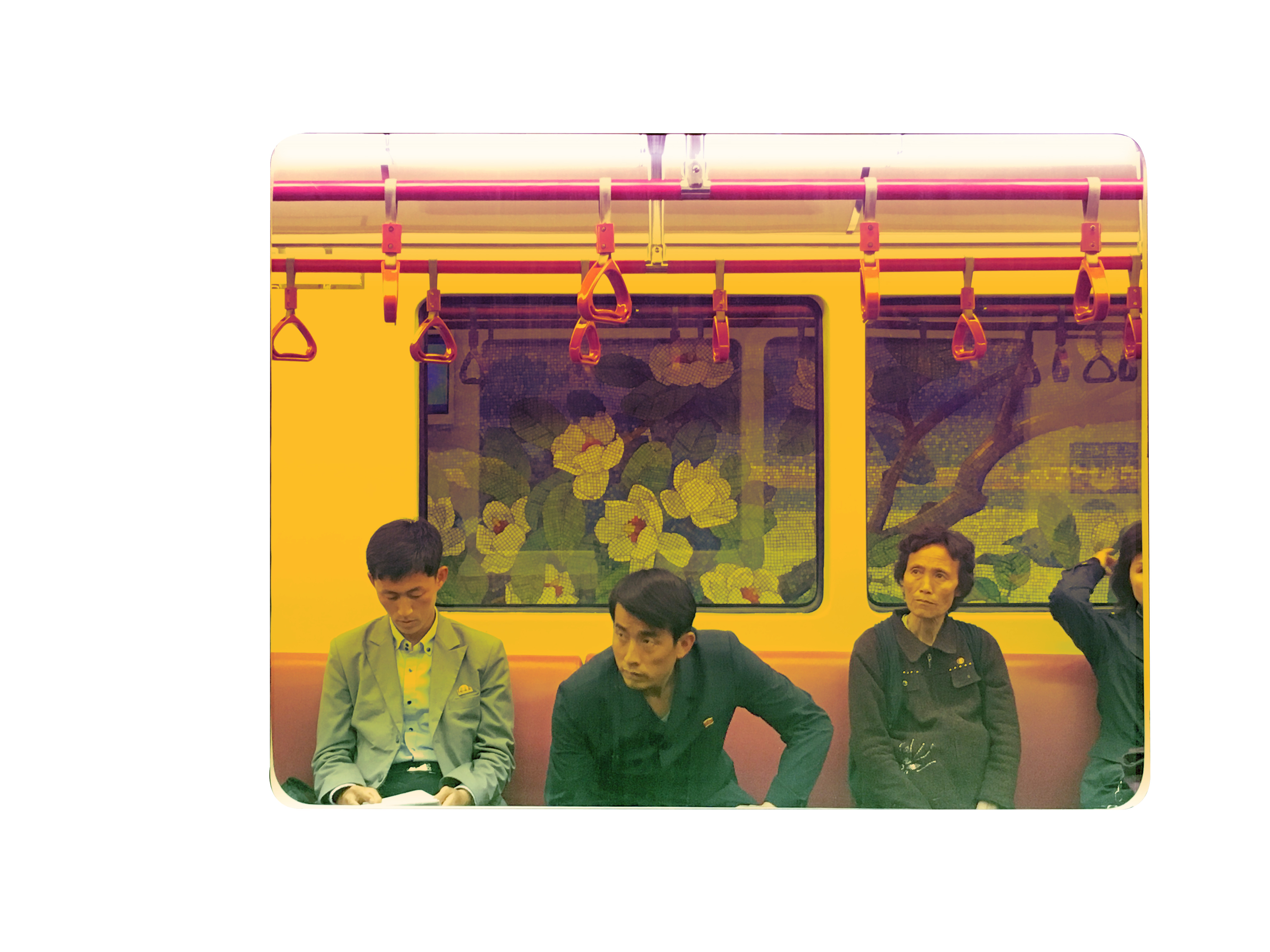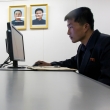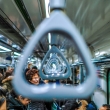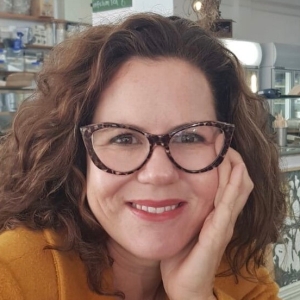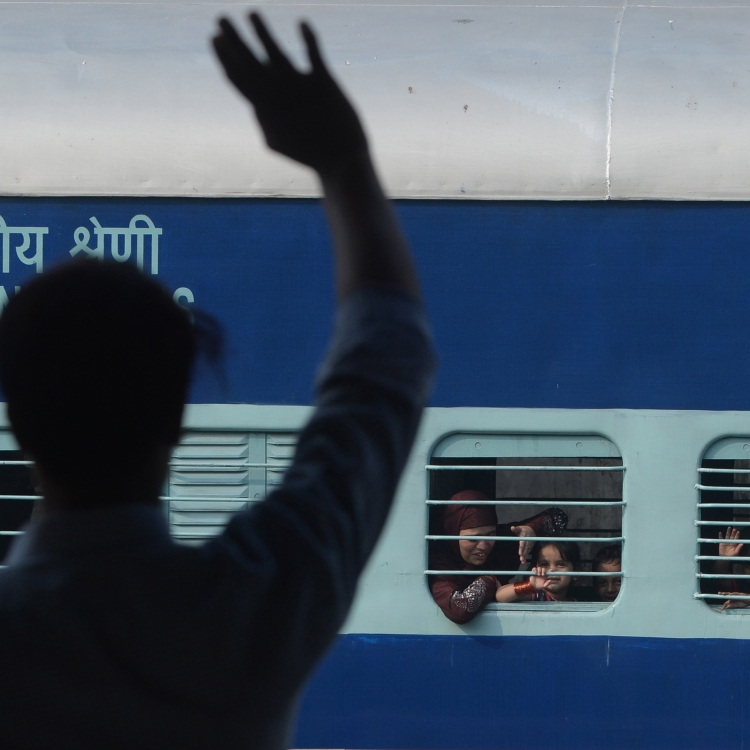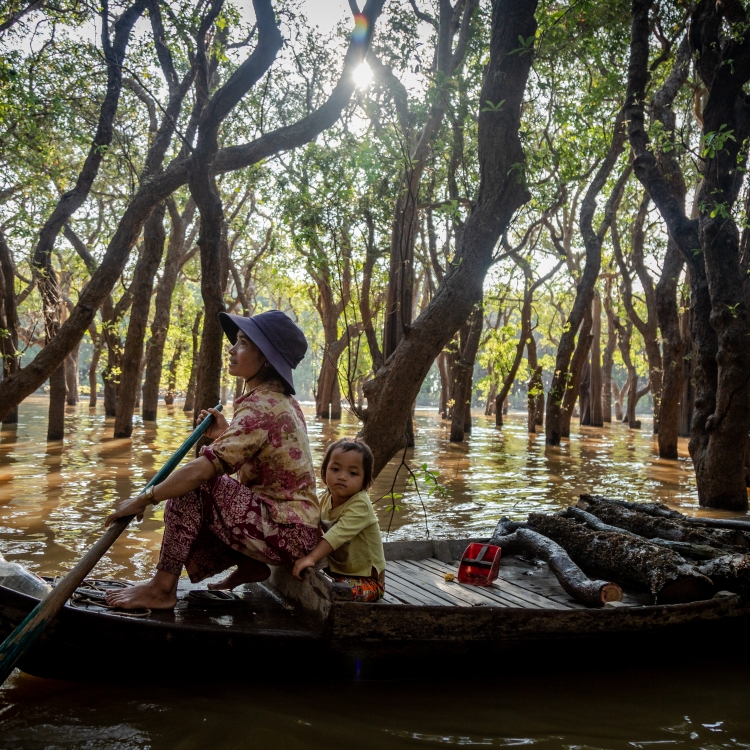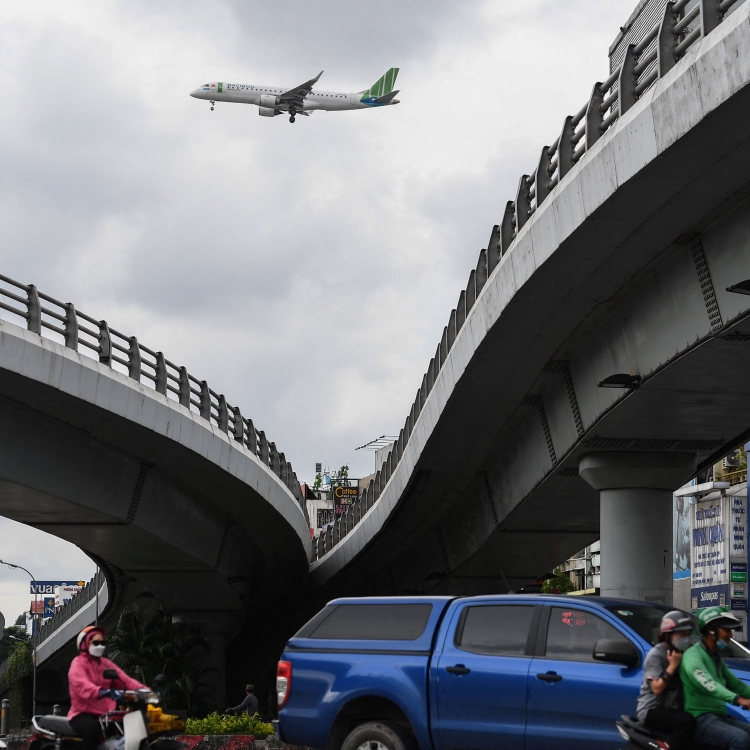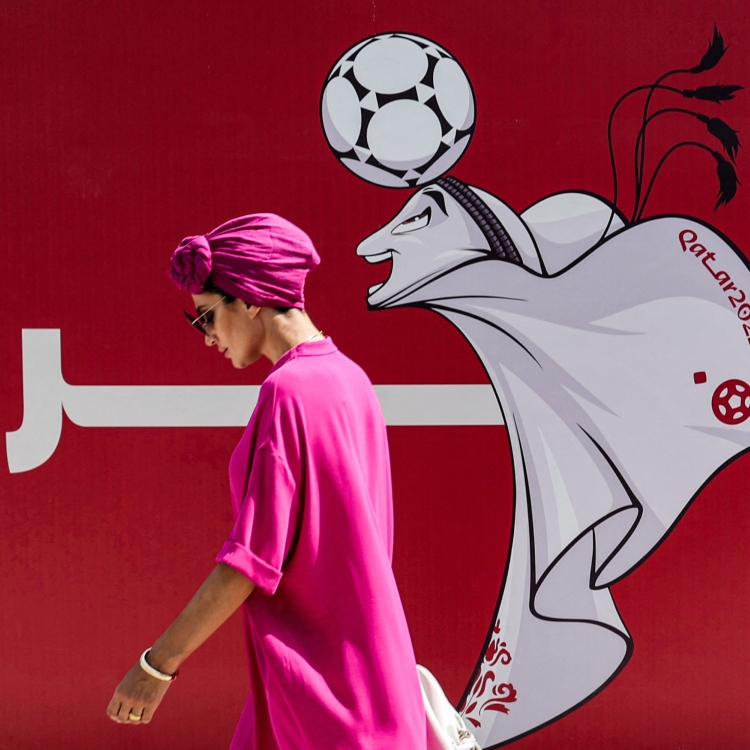magazine text block
Going to Pyongyang as a journalist feels like being cast in a communist remake of The Truman Show. It feels like everyone is involved in an elaborate tableau designed to try to fool the visiting reporter.
The highly choreographed, deeply unrepresentative view of North Korea offered during these press trips has led some commentators to suggest that journalists shouldn’t go to North Korea. But even after seven often-frustrating trips to Pyongyang over a decade, I still think there is a great deal to be learned from visiting the Potemkin capital.
North Korea’s continued existence is a mystery. Its leaders are a mystery. And then there’s the question that’s occupied my mind throughout eight years of reporting on the world’s most impenetrable state: What is life in North Korea really like?
To answer this question about any other country, even an authoritarian country, a journalist would follow a familiar routine: Go there. Travel around and talk to as many people from as many walks of life as possible. Get a feel for the place. Interview analysts and experts. Read the statistics. Try to understand the full picture.
In North Korea, none of this is possible. Even if we get into the country — no mean feat, given that the regime sharply restricts access for journalists — we are not free to report. Regime minders are with reporters every minute of the day, deciding where we go, who we talk to, and what questions we can ask. Their job is to make sure we can’t do the very thing we’re there for: to see what life is really like in North Korea.
Right up until the publication of my book about Kim Jong Un, I was trying to get into North Korea. I still think there is value to going and seeing how the country is and isn’t changing. That in itself can speak volumes.
magazine quote block
magazine text block
Over the years, I’ve seen the transformation of Pyongyang from a dreary city with brutalist, Stalin-era architecture into a slightly less dreary city with some modern, Chinese-style architecture added in.
I’ve been to some of the restaurants and bars and sports centers that have sprung up in the Kim Jong Un era as the millennial dictator tries to convey a sense of progress. I’ve seen the emergence of traffic lights and traffic jams, the introduction of solar panels and cell phones. I’ve had tea with a North Korean oligarch and I’ve watched Kim Jong Un stand up and deliver an astonishingly confident speech to 3,000 generals and cadres.
Propaganda can be illuminating, however, and even Kim Jong Un’s regime can’t orchestrate everything.
One February, I visited the Red Cross Hospital in Pyongyang — the best hospital in the country (apart from the ones for the regime leaders). There was no electricity or heat and I was freezing despite my thick coat. The patients, meanwhile, were in pajamas. It was ludicrous to watch the surgeons brag about their top-of-the-line equipment while we could all see our breath.
And that, in itself, was telling. If this is the best hospital in the elite capital, what would an ordinary hospital in the countryside look like?
In 2012, just a few months into Kim Jong Un’s reign, Pyongyang announced it would be launching a satellite into orbit. The government invited dozens of journalists — who were all on hand to report to the outside world that it failed.
So there’s value in going. But I’ve long found reporting from outside the country to yield a much fuller picture of what life in North Korea is really like.
In interviews in northern China, just over the border from North Korea, escapees have told me about starving during the famine of the 1990s and being sold as brides. In Laos and Thailand, I spoke with North Koreans who were still making their escape, having fled the country mere weeks earlier.
These North Koreans have told me how teachers don’t show up to school or doctors to hospitals because they’re too busy making money in the nascent market economy. They’ve told me about the corruption that has pervaded every aspect of daily life.
In South Korea, home to more than 30,000 escapees from the North, refugees have told me about drug use so endemic that police chiefs take their bribes in the form of methamphetamine. They’ve talked about the moment they learned Kim Jong Un would be taking over — “I thought it was a joke,” one said.
This is not the North Korea a journalist learns about on a reporting trip to Pyongyang.
Trying to find answers about North Korea has become increasingly important as the Kim regime engages more — sometimes for better, usually for worse — with the outside world. What these trips inside and discussions outside have made clear is that nuclear-armed Kim Jong Un still feels strong, and the 25 million people of North Korea remain in constant fear.
In spite of all the questions remaining, the puzzle I’ve pieced together from both inside and outside the country has left me with one clear impression: The North Korean regime is not showing any signs of cracks.
